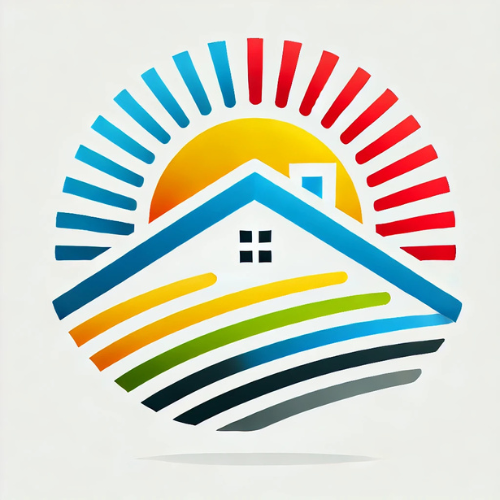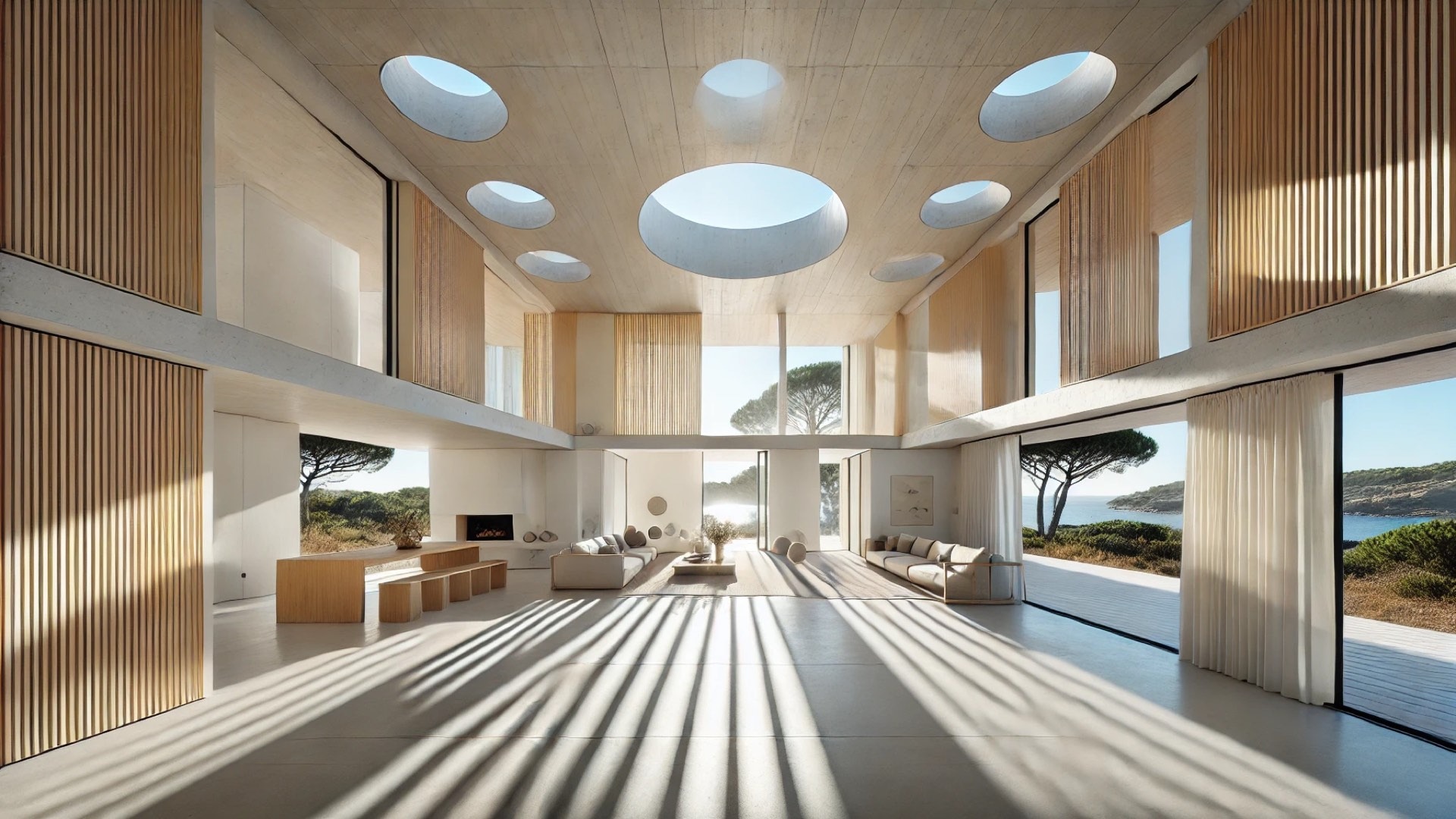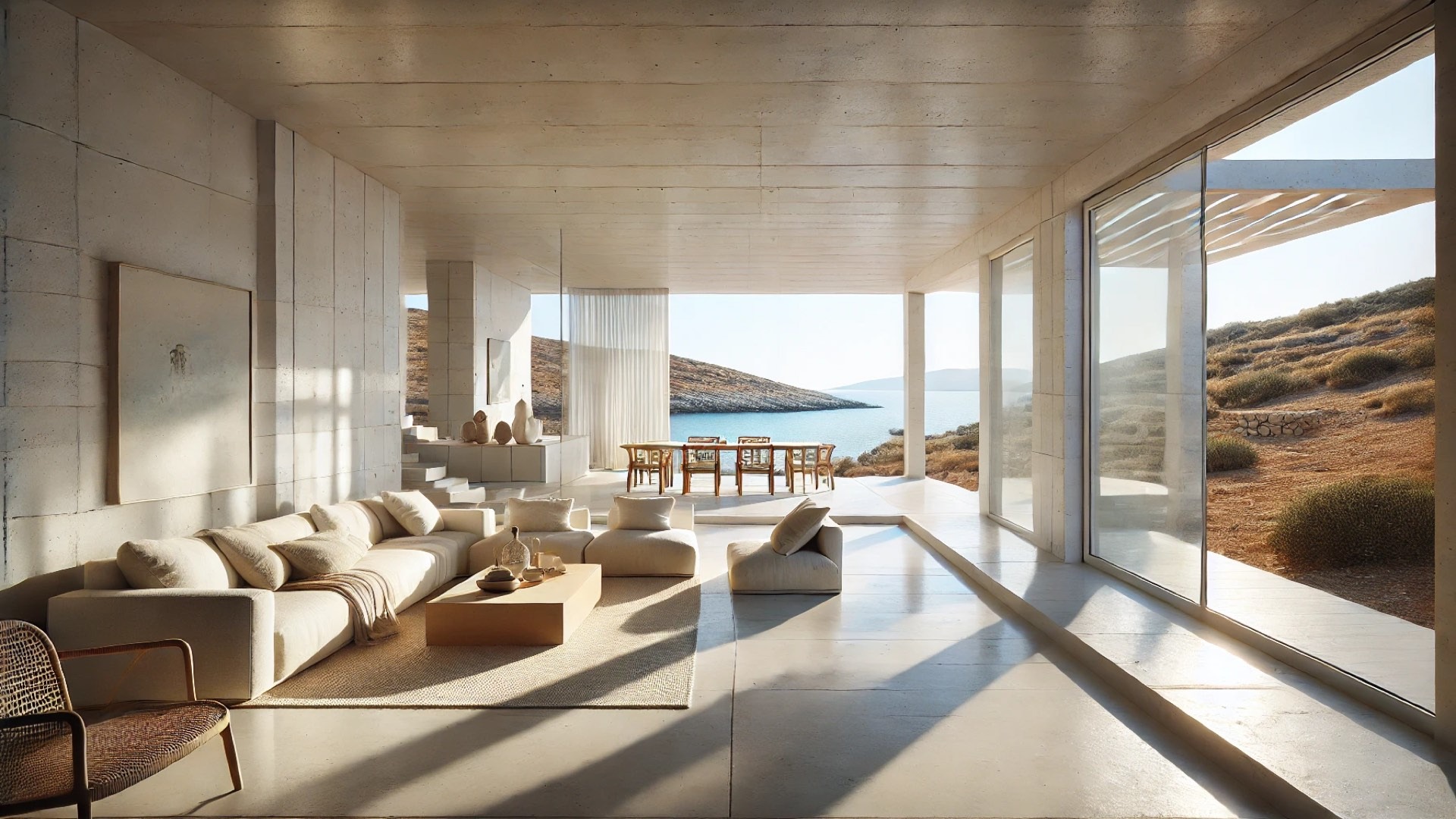
Nukui House: A Masterclass in Renovating Tokyo Homes for Modern Living
In the heart of Tokyo's quiet Nukui district, the renovation of a 1976 wooden home illustrates how conscientious design can breathe new life into aging buildings. This transformation, spearheaded by the architects at ROOVICE, serves as a striking example of preserving history while meeting contemporary needs. Welcome to the Nukui House, where traditional structures are melded with functional innovation.
Embracing History: The Kariage Initiative
The project is part of ROOVICE's Kariage initiative, a program designed to rescue Japan's growing number of akiya—vacant houses often left to deteriorate. By stepping in at no cost to owners, the initiative empowers local communities, revitalizing homes like Nukui House while honoring their legacy. In this transformation, we witness how what once was a traditional family home is now a vibrant living space.
In the Details: A Design that Flows
The renovation expertly balances the preservation of the original structure with new enhancements aimed at modern living. By carefully removing unnecessary walls, the layout now fosters spatial fluidity, creating a welcoming ambiance. The former kitchen area, once a separate compartment, now opens to the living spaces, while a distinctive tiled surface marks its history with charm. This thoughtful approach turns Nukui House into a testament to how design can respect the past while actively engaging with the present.
Beyond Aesthetics: Practical Benefits of Sustainable Renovation
Incorporating sustainable practices, this renovation not only extends the life of a cherished home but also addresses urban vacancy challenges. Allowing families to live in established neighborhoods supports both community and economic objectives. In a city like Tokyo, where space is at a premium, expanding existing structures sustainably allows for both innovation and tradition.
Future Directions: What Lies Ahead for Akiya Buildings?
The success of the Nukui House renovation prompts a broader discussion on the potential of akiya properties across Japan. As urban populations shift and rural areas face decline, solutions like the Kariage initiative could pave the way for similar efforts nationwide. Architects and designers have a unique opportunity to collaborate with communities to reinvigorate these spaces, making them functional and culturally relevant.
Inviting Community Engagement: The Role of Involvement
Public engagement is crucial in initiatives like these. Community members can boost awareness about the importance of vacant homes and participate in their revitalization. Open houses and workshops allow locals to learn how such renovations benefit everyone, fostering pride and a sense of ownership while contributing positively to the urban social fabric.
Nukui House exemplifies how innovative design can intersect with heritage to create something truly special. As we contemplate the potential of transforming akiya properties, the message is clear: respecting the past enhances our future.
To engage further with the topic of sustainable renovation and community involvement, consider exploring community-driven initiatives in your area. Every effort to revive older homes contributes not only to our architectural legacy but also strengthens our neighborhoods.
 Add Row
Add Row  Add
Add 




Write A Comment